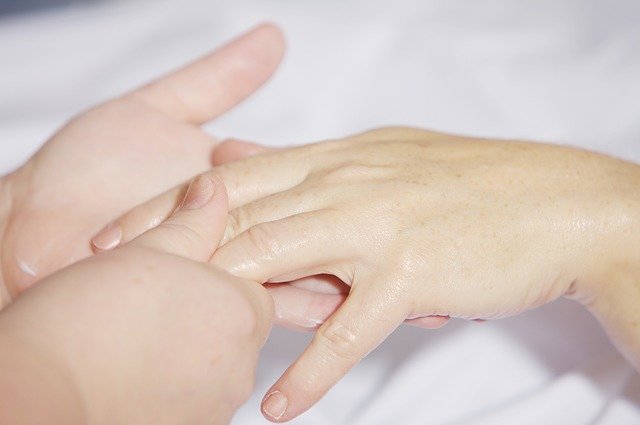Skin cancer is one of the most common types of cancer in adults.
Skin cancer is one of the most common types of cancer in adults. Changes in the skin or in the shape and color of moles on the skin's surface should be brought to the attention of a health professional. Some types of skin cancer are relatively mild. However, one species can be fatal and should receive treatment in the early stages to prevent severe consequences.
Types of skin cancer.
Skin cancer is generally divided into three types.
Basal cell carcinoma results from exposure to sunlight. It results in shiny bumps, a darker-colored lesion on the skin, or a scaly patch with raised edges. Sometimes, it looks like a waxy, scar-like lesion.
Squamous cell carcinoma may look like an open sore that doesn't heal, a wart-like growth, or a horn-like growth sticking out of the skin. Skin cancer can cause changes in existing moles or it can be on clear skin. Skin cancer often has shades of brown, black, or brown, but some can be red or pink. Any growth that appears asymmetric or appears to be discolored should be investigated.
Melanoma is the most dangerous type of cancer, because it can spread to other body tissues and, if left untreated, can lead to death. Unfortunately, fatal cancer can become life-threatening within six weeks. However, some types of skin cancer can grow for years without being noticed. This means that if you start to notice anything unusual, you should consult a doctor immediately.
Skin cancer signs.
Common warning signs include redness or new swelling outside the borders of the mole. Sometimes the color spreads from the border of the macula to the surrounding skin.
In addition, itching, soreness, or pain in an area that does not go away or go away and then come back may be a sign of skin cancer.
Bleeding, crusting, bleeding, or a lump or bump around a mole could be an indication that you have skin cancer. You should consult a doctor immediately.
Who is at risk of developing skin cancer?
If you spend a lot of time outdoors, and are exposed to the sun's UV rays, you are at an increased risk of developing skin cancer.
If you have a family history of skin cancer, your risk increases. If you've had a bad sunburn in the past, this may increase your risk of skin cancer. This is perhaps one of the biggest reasons why many doctors recommend wearing some type of sunscreen every day.
Additionally, it's common for skincare and makeup products to contain an SPF to help with this.
Individuals with a large number of moles are more at risk.
Anyone who is at risk of sunburn usually has an increased risk of developing skin cancer. Skin cancer is most likely to start on the chest and back in men and on the legs in women.
How to treat skin cancer.
Taking a sample of tissue and looking at it under a microscope helps diagnose the type of cancer and determine the appropriate treatment. A number of skin cancer treatments are available, depending on the type of cancer and how far it has grown in tissues.
Freezing, cutting cancer from layers of tissue with the Mohs technique, drying, scraping abnormal cells from tissue, radiation to kill abnormal cells, and light therapy and chemotherapy can be used to eliminate cancer cells.
Skin changes should not be ignored.
Regular in-person examinations of your skin can help you avoid serious, potentially fatal cancers. If you notice unusual changes in the skin, see a doctor who can provide an accurate diagnosis and administer appropriate skin cancer treatments that can prevent further problems and could even save your life.
That's it for today. If you feel there is something useful, please share this with your loved ones, and don't forget to reveal your thoughts in the comment box. Or if you have any great ideas or any questions, don't forget to share them by commenting. Until then, be happy, keep smiling, keep asking questions, and please keep reading my articles. See you in the next article.

Comments
Post a Comment